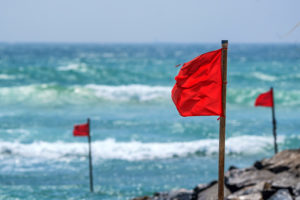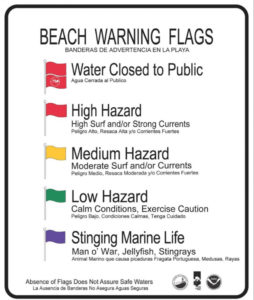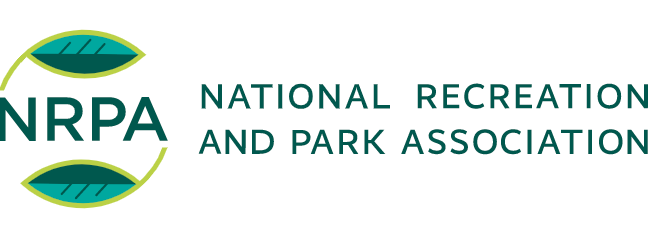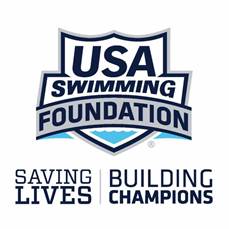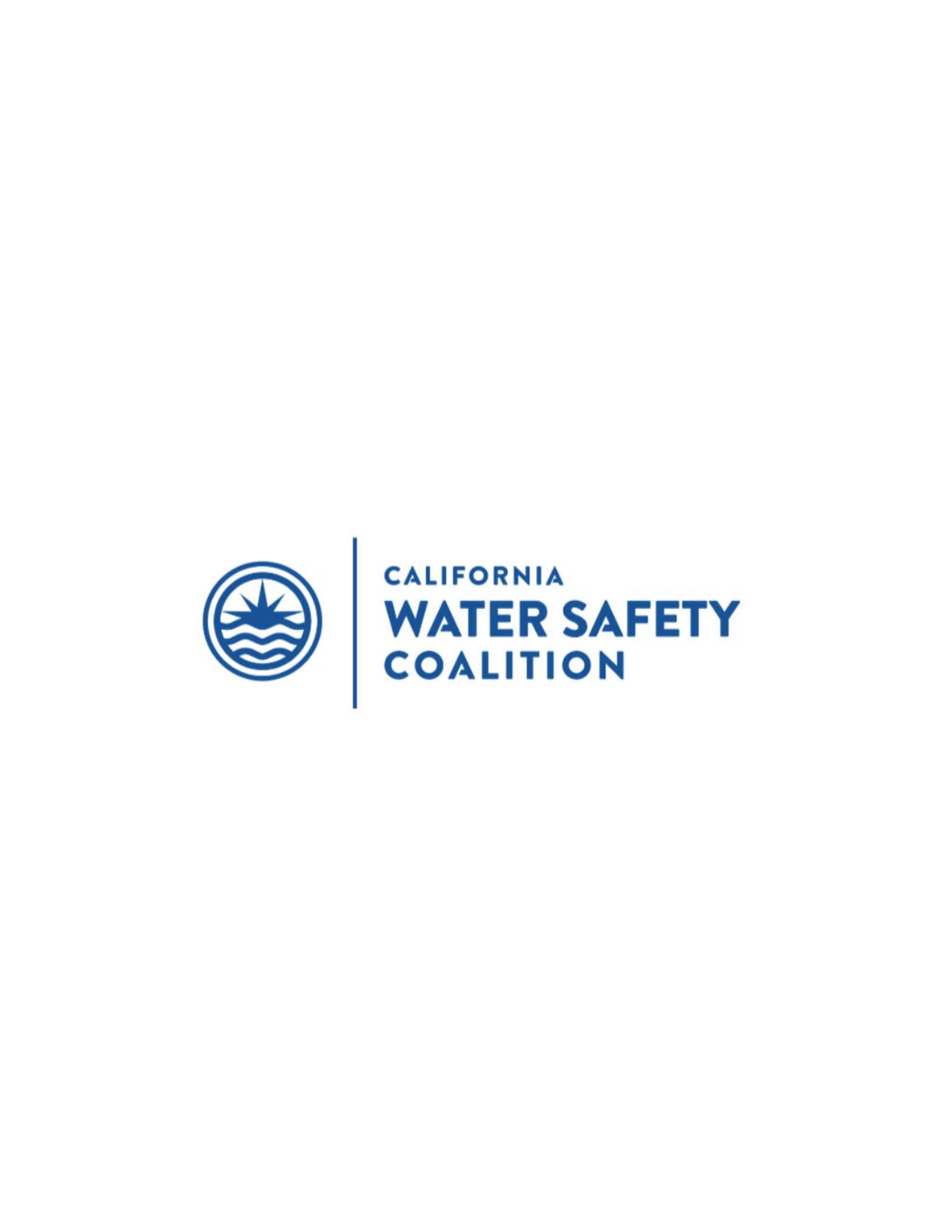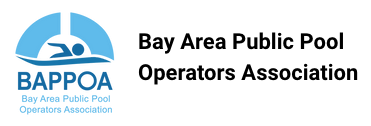The Importance of Understanding Beach Flags
The beach is a beautiful but dangerously ever-changing environment. Although it can be fun for the whole family, it can also be unpredictable. This makes it very dangerous to people who are unaware of the hazards that can occur at times. This is why highly trained and educated lifeguards use a system of flags and signs to inform visitors of the important safety regulations they need to know.
The most important flags on the beach are the red and yellow flags. These show the supervised area of the beach and that a lifesaving service (life guards) is operating. However, it always pays to be sure before entering the water. If there are no red and yellow flags in sight it is still a good idea to check with the lifeguards about current water conditions.
Safety signs are put in place to warn you about the permanent and occasional hazards that are present in the environment. Some of these signs are permanent for long term hazards. However, others are put into place each day by the lifeguards to show you the current hazards present on that day in a specific location. These hazards include rip currents which can change locations on different days.
Another factor that is never completely predictable, despite meteorologists best efforts, is the weather. Frequent beach goers know that the weather can change in the blink of an eye. It is extremely important to stay in the know with what each flag means to ensure a safe beach day for you and your family.
The following example is an excellent way to better understand the flags and their meanings. Think of the flags like traffic lights. When a green flag is flying, conditions are calm, but swimmers should still exercise caution. Larger waves and rip currents are still possible.
Types of Beach Flags include:
A yellow flag means rough waves and moderate rip currents. While it implies conditions are not life-threatening, there is potential for dangerous undertow and swimmers should be cautious.
A purple flag is flown when dangerous marine life has been spotted. Dangerous marine life could mean anything from jellyfish to sharks and swimmers should use extreme caution keeping a close watch on their surroundings.
Red flags are the most serious, warning swimmers of high surf and strong currents. A red flag should not be taken lightly and swimmers should use extreme caution. Two red flags closes the beach to the public and swimming is prohibited.
If you don’t see a flag, that does not mean the water is safe. Swimmers should always be aware of their surroundings and stay alert while in the water. If you see a flag and are unsure of what it means, ask a lifeguard or look for a sign indicating the meaning.
This article is brought to you by: The Swimming Swan

